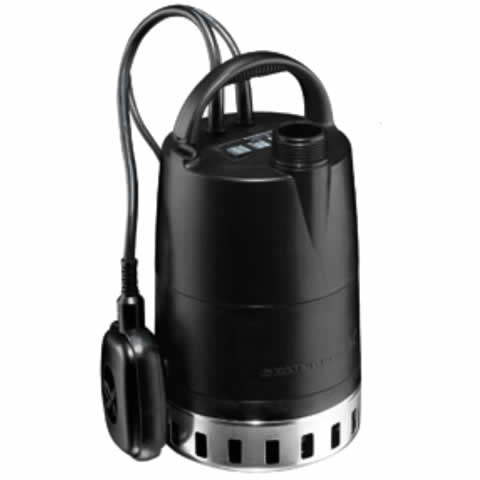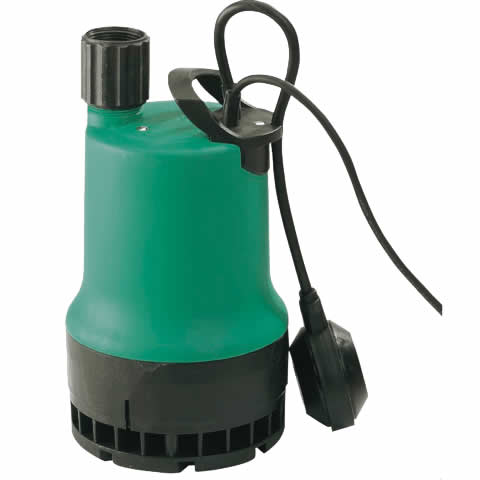Can you help us with the website?
Don't worry, it's small text information that helps us evaluate the site or target relevant advertising. More about cookies here.
It will help us greatly if you enable everything. You can only enable the cookies you want. Alternatively, it is possible to disable everything except those strictly necessary for the functioning of the site.
Drainage pumps are suitable for more demanding wastewater tasks, drainage and sewage. These pumps are suitable for permanent installation, for example in a sump, or can be used as portable pump unit for lowering the groundwater level, depletion of drainage sumps, pumping water from collection sumps, surface water with inflow from roof gutters, shafts, tunnels, etc., pumping water from ponds and tanks, pumping wastewater containing fibrous admixtures, from laundries and industries, and sewage pumping from septic tanks. Thanks to the ability to drain heavily polluted water containing solids these pumps are also used for floods or flooded cellars.


These pumps tend to be of a more robust construction than common submersible pumps and can pump liquids containing fibrous and solid mechanical particles, while their suction chamber can be easily dismantled and cleaned without the use of special tools. As standard, they are supplied with a switch float, which secures maintaining the desired water level. If the water is excessively contaminated, pumps with an integrated grinder device must be used. Versions with autoadapt pump control have all sensors integrated in the pump, there is no need to buy additional float switch and control units. The pump adapts to the current conditions in the sump. Lower power drainage pumps are usually in single-phase /230V/, if higher power is required it is necessary to choose a three-phase version /3x400V/.
The most common application of sewage pumps is their installation in the basement of the kitchen, due to the fact that the waste sump is often below the groundlevel pumps must pump water and sewage outside the building. Once you have a excavated sump or sewer shaft in the basement, the installation of a sewage pump is very similar to the installation of a drainage pump. The main difference is that you will need additional piping from your basement for gas and odour to be removed.
Sewage pumps are designed to switch on less often, but have higher rotational force and power to pump water containing dirt and solids.
The necessary criteria when choosing a drainage pump is to choose the size and the power correctly. Power is sometimes given in horsepower, with most of them being 0.5-1 horsepower. The size should be based on the amount of wastewater (liters per hour). Generally it can draw 20 000-30 000 liters per hour. The price is calculated based on their power.
Shopping with us
Personal collection of goods
Opening hours
Payment options








Delivery options












Contact
Copyright © 2024 BOLA spol s.r.o.

 Bola.cz
Bola.cz